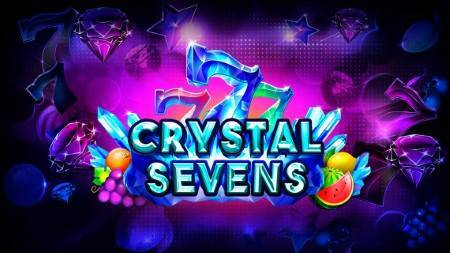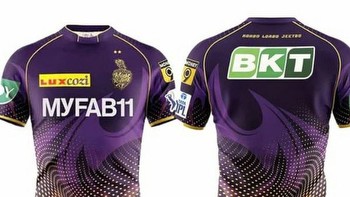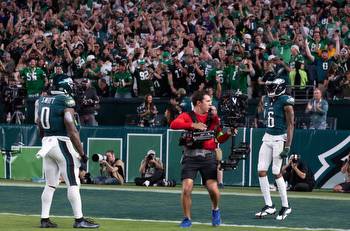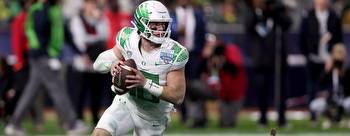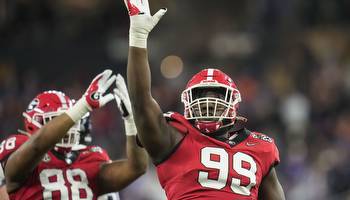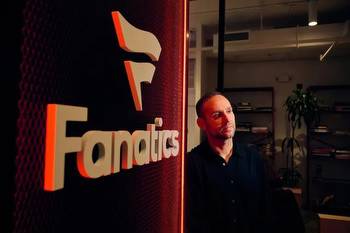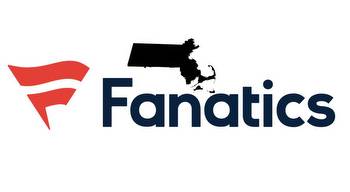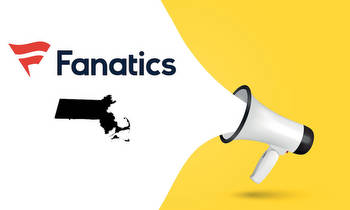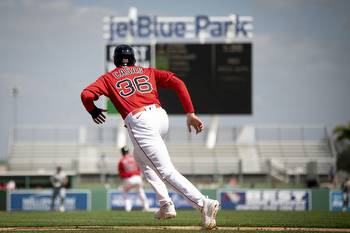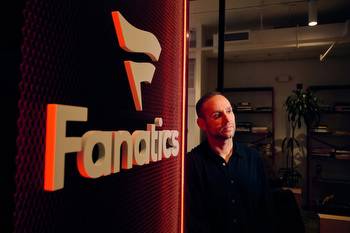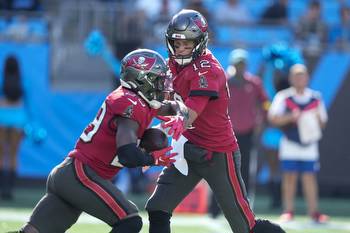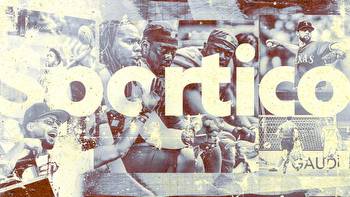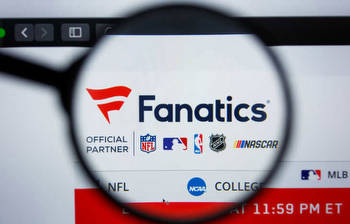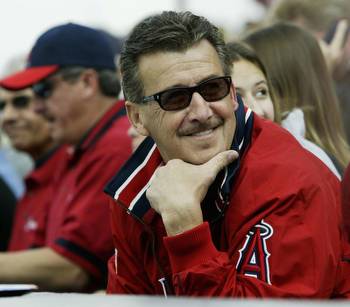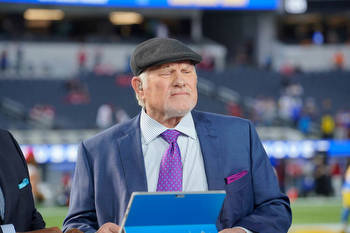Why fans are furious about the NHL’s uniform deal with Fanatics
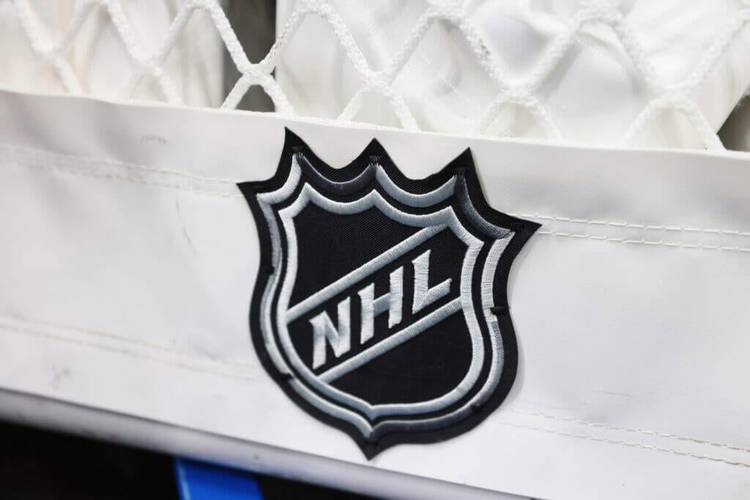
Way back in September 2020, I bought a T-shirt online.
It was black and long-sleeved. It cost $23.73, including tax. It had a University of Maryland basketball wordmark across the chest. And it sucked. It sucked in every way a T-shirt can suck.
Bizarre fit. Uncomfortable fabric. The overall look of something that’d shrink after Wash 1, fade after Wash 2 and start to dissolve after Wash 3. I tossed it on my closet floor. Goodbye, Bad Shirt.
That particular garment — designed, manufactured and sold by e-commerce quasi-monopoly Fanatics — came to mind on Tuesday morning, when the NHL announced its new “official on-ice uniform outfitter” starting with the 2024-25 season and ending 10 whole years later. It is, of course, Fanatics, the brains behind That Shirt I Didn’t Like.
They’re behind a lot of shirts that a lot of people didn’t like, in fact. Lots of replica NHL jerseys, too. Therein lies the problem with the choice, the announcement and the general reaction from the folks who care enough about NHL apparel to spend their money on it; the league has partnered — in the most meaningful, long-term, high-stakes way possible — with an apparel brand that nobody actually seems to like.
Fanatics, in recent years, has become an inescapable element of the fan experience. Founder Michael Rubin was The Athletic’s sports business person of the year for 2022, thanks in part to a move into the trading card space and two fundraising rounds totaling more than $2 billion.
It’s now a company with a $31 billion valuation, an $8 billion revenue projection for 2023 and, certainly, aspirations that extend beyond NHL on-ice apparel deals. They’re launching a sports betting site soon, you’ll be shocked to hear. The phrase “Amazon of sports” has been tossed around — the idea of going from one core product, like books, into market-swallowing omnipresence — and that comparison is instructive for a few reasons. Everyone loves Amazon, right? Right?
All of that, Tuesday’s announcement included, branches from a business model of making clothes that a) tend to be the only option a buyer has and b) stink. The reasons for this are boring and predictable. What started in 1995 as a brick-and-mortar store in Jacksonville, Fla., grew into a behemoth with licensing deals for every major sport and more than 900 entities overall.
The appeal of the business model — to leagues, at least — is clear. Fanatics makes stuff fast. They make stuff efficiently. They’re great at making it easy for people to buy their stuff, as you can attest if you’ve googled “Maryland basketball shirt” or browsed the official online shops for, say, any of the big four North American sports leagues.
They just don’t always make good stuff. If you find yourself saying some version of “caveat emptor,” or comparing the choice to buy from Fanatics with the choice to buy from other fast-fashion spots like Uniqlo or H&M or whatever, remember one important thing: It’s a hell of a lot simpler, and no less convenient, to buy a pair of jeans from someplace else. A Nathan MacKinnon jersey? Less so. Much less so. And the quality of the latter, in way, way too many cases, is lacking.
Look at the replies to the tweet from the NHL’s official account, impressive as the sizzle reel may be.
Look at the replies to the tweet from ESPN’s Greg Wyshynski, who had the initial details on what the deal means and how it’ll work.
Look at the frequency of the posts by @FanaticsSucks, an account whose admin is about to have a truly great day.
Many people do not like this company. Many people do not like their products. And many people specifically do not like the products they’ve designed for NHL fans, chief among them the “Breakaway” jersey, with a “foldable” crest and a lower, $130 price point. You shouldn’t have to drop $300 to get a garment that fits true to size or stays in one piece for a few seasons.
We’re talking about the stuff players wear, though; odds are, it’ll be fine for them. Fanatics has been outfitting teams with their locker-room gear for years. I haven’t heard of a player revolt over, like, uncomfortable cap straps, though it might be worth looking into. Plus, the league release and ESPN story are both dotted with quotes from the relevant parties designed to head off at the pass questions like “Hey, doesn’t all your stuff fall apart in the wash?” Also, Fanatics is using the same Quebec-based factory as Adidas, which seems wise. Odds are, we won’t know the real on-ice repercussions until 2026-27, when the first batch of “significant changes” could make their way onto players’ backs.
The off-ice repercussions, though, started on Tuesday, and they’ll last until 2035. That’s enough time for the “Fanatics Experience” to improve — and it’s more than enough time for it to get worse. Ten years’ worth of every televised shot of an NHL player reminding fans of the worst gear they ever bought, as a middle ground, seems like a gamble. And the stakes are a little higher than the $23.73 I dropped on my Bad Shirt.
Not long after I bought it, I moved — and I threw it away.
